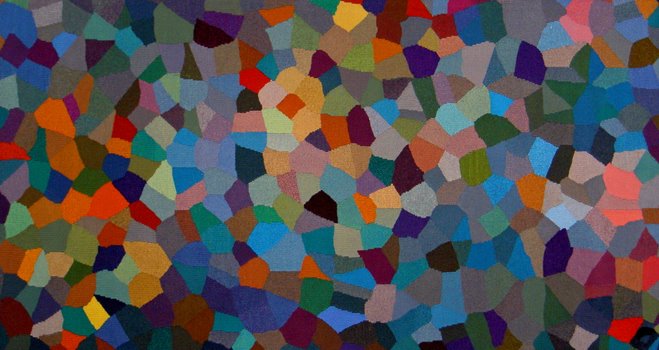Ceinture fléchée woven by Francois Seguin
The ceinture fléchée , also know as the L’Assomption sash or arrow
sash, is an off loom finger weaving technique once commonly employed by French
Canadians and Metis of the 19th
century. It is truly one of the iconic Canadian handcrafted items. The beauty of the technique is its portability. It’s limitation is
that one can only create these weavings in farily narrow widths. The technique
was used to create sashes for men to tie around their jackets to prevent the
cold from penetrating. The warp has to
be long enough to circle twice around
the waist of the intended wearer, as well as include a lengthy fringe.
Traditionally, belts or sashes were between 15 to 25 centimeters in width
and lengths varied to as much as 2 metres. Different patterning came to represent
various groups, such as the Lower Canadian Rebellion, the Quebec Winter
Carnival, and the Acadians.
The coloured sash was brought to western Canada by the men working for the
North West Company, a fur trading company. The voyageur’s sashes attracted the
attention of several indigenous groups with whom they exchanged goods and soon
these people wished to possess such sashes. Consequently, the Northwest Company
began to manufacture these sashes in Montreal and the surrounding area, in a
fine worsted wool imported from England. The Hudson’s Bay Company also became
interested in producing and selling these finger woven sashes.
Francois really struggled to apply the criteria of the Fate, Destiny and Self Determination to the Ceinture fléchée technique. He kept me posted as to his progress: " It was a long time weaving since February (2013). I have a piece of about 18 inches long by 10. Of course, working full time on the weaving would have been completed a while ago.This week I started drawing and cutting the shapes. My fears were founded. Its a total disaster. The weaving is coming apart and I’m not satisfied with the border. So, it’s a scratch for the first attempt. Having done enough material, I’ll try a different technique and another. Until I find satisfaction or I run out of material. I tried the tapestry technique of weaving in the ends. That didn’t work so well and made the material too thick in some areas. I tried knotting. I lost the contours of the shapes. The difficulty is the warp and wefts are shared like braiding. They go left and right and cross each others by times to form the arrow heads design. Hopefully I’ll find a good technique soon. I’d rather avoid the tape method. I would like the pieces to be admired from both sides.
First attempt, weaving the ends in, failed.
Second attempt, knotting the ends, failed.
Third attempt, Maori border, failed miserably.
-
Fourth attempt, overlock, is holding.
Yeah....mission accomplished.
Below I've attached a YouTube video about this. It is French though.....
https://www.youtube.com/watch?v=fNMmHiOpGVA























